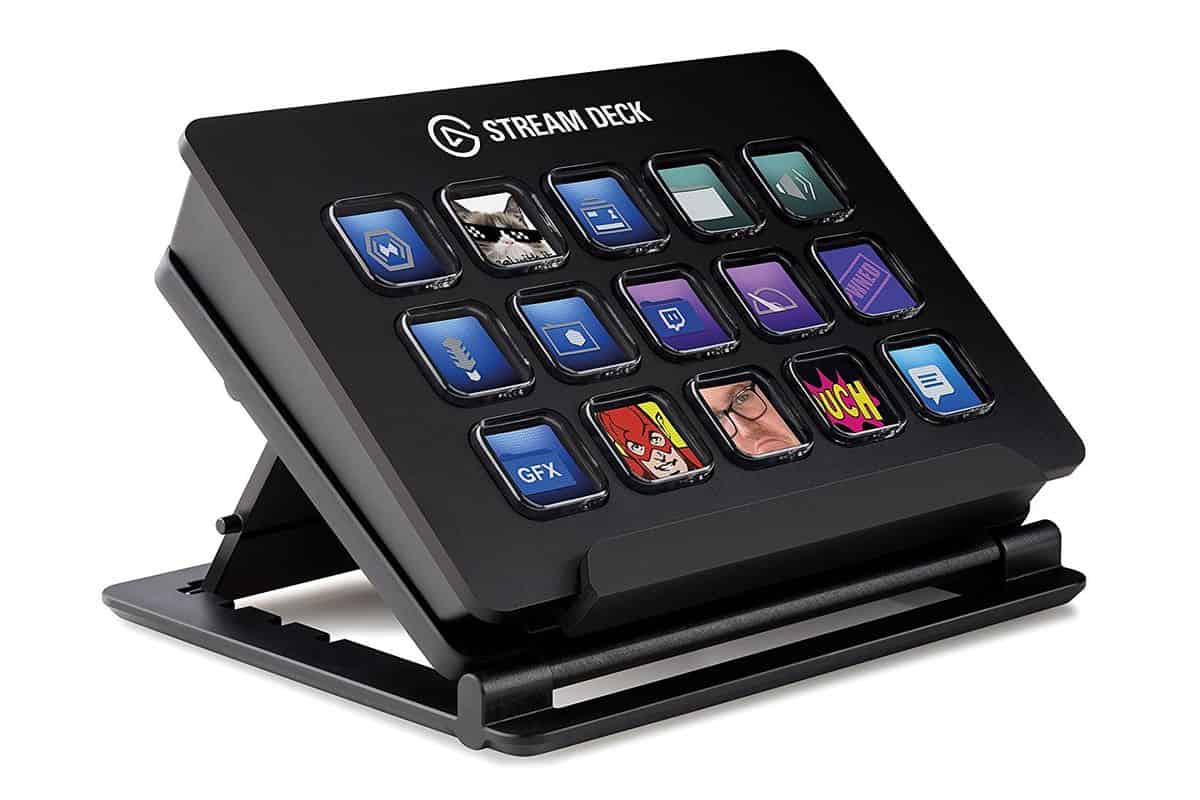With Valve’s announcement of their new mobile platform called the Steam Deck, gamers all over the world looked on in both confusion and excitement. While the potential of the device is theoretically immense, the unreliable history of the company and the high demands of modern gaming bring the efficacy of the system into question. Could this really be a Switch-killer, or will it become more of a steaming wreck?
Price and Performance

With its first shipping available (in theory) in December 2021, the Steam Deck is less than half a year from release. That means that at this point, almost all of the design features will be nailed down, and full-scale production is likely to occur soon if it hasn’t already. Launching in three tiers depending on storage capacity, the three Steam Deck exist as the following:
- 64 GB model for $399
- 256 GB model for $529
- 512 GB model for $649
For reference, the new OLED Nintendo Switch model will launch on October 8th for $350, making the Steam Deck more expensive. As for processing power, the Steam Deck boasts:
- AMD Zen 2 CPU, running 4 cores and 8 threads at 2.4-3.5 GHz
- AMD RDNA 2 GPU
- 16 GB of LPDDR5 RAM
- Maximum 60 Hz refresh at 1280 x 800 resolution
While most components of this system vastly outshine what’s in the Switch, the one standout area that gamers notice first is the resolution. While the Switch offers a full 1080p output (at least in docked mode), as most modern TVs do, the Steam Deck is limited to 720p at all times, a resolution which wasn’t great even back on the PS3 and Xbox 360.
There are good reasons why Valve might have gone this route, though we don’t yet know their exact thought process for sure. The first is that lower resolutions have lower performance demands, so games running on the Steam Deck will perform better than they would otherwise. There’s also the fact that lower resolutions aren’t as noticeable on smaller screens, they’re cheaper to build, and they draw less power from the battery.
A Gaming Advantage?
As for games, the most immediate benefit of the Steam Deck is that because it’s essentially a handheld PC, it has access to a range of games dating back to the late 80s. Essentially every game ever released on PC before 2015 that came to Steam will be playable on the Steam Deck, with tens of thousands of titles available. The Switch, on the other hand, has a much more limited library of around 4,000 released games.
Outside of officially released titles, the Steam Deck will also come with a browser, which means access to a similarly enormous range of web games like bingo casino titles like at Buzz Bingo. Here, games like Flaming Bars and Rhino Blitz, alongside every other online casino entry should run without any issues. This is likely to add significant value for many players, far outstripping what the (officially) browserless Switch could manage.
As for whether you should choose one or the other, that’s a difficult question to answer before the reviews arrive. As great as the Steam Deck appears to be, Valve is notorious for dropping support for their projects, which could hurt the Deck’s long-term viability. On the other hand, we also know that the Switch has a controller design flaw, which Nintendo is similarly reticent to address.
Ultimately, it could be a matter of choosing which games you like more, and how much space you have in your bag. It’s your money and your choice, but like with any new gaming system, we’d suggest you look before you leap.
















